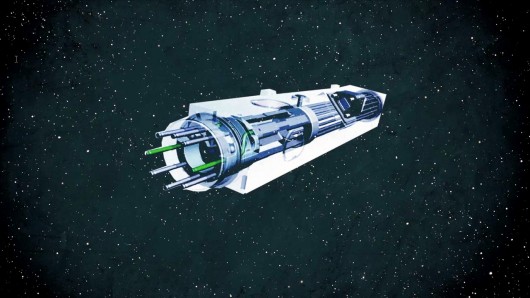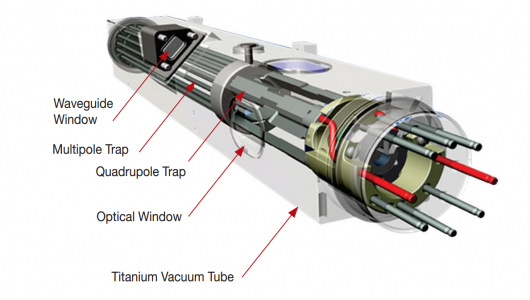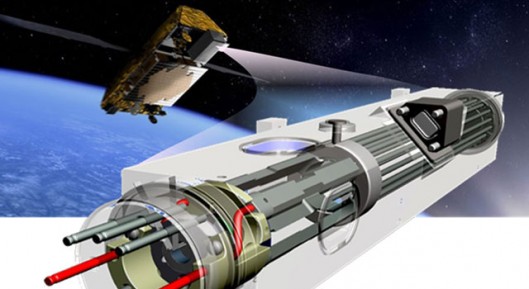
Accurately measuring time is as an integral a part of space exploration as it is in naval navigation. Like in the days of yore when determining longitude depended on knowing the difference between the time in the ship and that of Greenwich, England, spacecraft navigation and function relies on perfectly timed radio signals whose precision is determined by atomic clocks; but, when deep space exploration is on the table, the dependency is exponentially magnified. To that extent, NASA is shipping its latest mercury-ion atomic clock to space in 2016 to perform a yearlong demonstration in preparation for future missions to Mars and the Jovian Europa.
The clock, which is called Deep Space Atomic Clock (DSAC), was assembled at NASA’s Jet Propulsion Lab in California is said to be “paradigm-shifting” as the smallest, lightest, and most stable atomic clock ever sent to space; it cannot drift more than a single nanosecond in 10 days. 
DSAC is designed to be completely self-sufficient, accurate, and durable: It requires no fuel source, shields out magnetic variations and temperature, and uses mercury ions with a 40.5 GHz transition frequency to set the frequency output of a quartz oscillator to a near constant value. These features could impact a wide array of space technologies fields including the development of one-way-based satellite communication.
Current GPS navigation maintains accuracy by relying on precisely timed two-way Doppler radio signals between configurations of satellites orbiting Earth and ground control, but the system falters when distance is increased. The DSAC severs this dependence because it’s small enough to fit on satellites and equip them with enough accurate time keeping enabling one-way communication.
“The DSAC flight in 2016 will identify pathways to spin the design of a future operational unit to be smaller and more power efficient,” explains Todd Ely, principal technologist for the DSAC technology Demonstration Mission.

The introduction of such a system will free up NASA Deep Space Network from having to keep track of as many spacecraft as it currently does, permitting the launch additional spacecraft. In addition, DSAC permits more ambitious deep space mission such as aerobraking to place a spacecraft in Martian orbit, a procedure that’s risky with contemporary instrumentation. Also, the DSAC clock can assist future exploration endeavors such as to helping scientists determine the nature of the subsurface ocean on Jupiter’s moon Europa by using the clock to track the spacecraft’s trajectory and compile a gravitational profile.
DSAC is poised to launch in 2016 atop a SpaceX Falcon 9 Heavy rocket and installed in a spacecraft that will be built by Surrey Satellite Technologies US of Englewood, Colorado.
Advertisement
Learn more about Electronic Products Magazine





